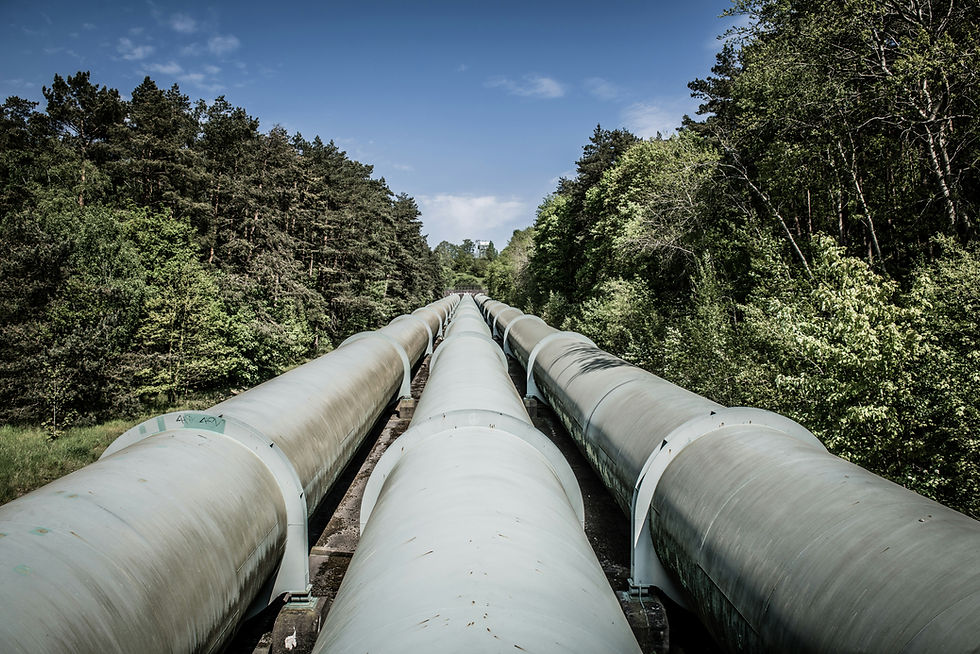Why Wet Wipes Shouldn’t Be Flushed, And How To Live With Them
- timgulley
- Nov 11, 2021
- 3 min read
Wet wipes were originally a convenient, hygienic baby care product, disposed of in garbage along with soiled nappies. But as our hygiene habits evolved they became moist toilet tissues, to be flushed down the toilet. It wasn’t long before the tougher fibres used to make wet wipes, which break down more slowly than toilet tissue, started to clog our drains.

The statistics are alarming:
· Sewer blockages caused by wet wipes are costing UK water companies more than £100 million every year
· This is approximately 200,000 blockages per year, not including private households or commercial premises
· 93% of all material found in sewer blockages is wet wipes
· 90% of all wet wipes sold in the UK are not suitable for flushing
· Global demand for wet wipe products is forecast to grow by 5.2% annually, reaching £10 billion by 2023
Removing obstructions from blocked pipes and repairing or replacing damaged pumping equipment has become a time-consuming and expensive task that is happening all too frequently. So what’s the solution?
Ban wet wipes?
The UK Government has yet to show interest in passing legislation, possibly because they know that wet wipes have become so fundamental to our daily hygiene practices that they fear this could be a contentious issue.
Their stance is rather to encourage wet wipe manufacturers and the water industry to create a joint code of practice.
A ban on flushing wet wipes would be impossible to police, given the volume and variety of items that currently find their way into the sewers.
Improve the ‘flushability’ of wet wipes?
Flushable wet wipes supposedly break down in water once flushed down the toilet. In fact, most wet wipes sold as ‘flushable’ still break down too slowly to prevent clogging of drains and sewage pumps. This is because although they are marketed as flushable, they must still contain fibres that prevent them from disintegrating before use, while they are stored in a sealed packet as premoistened wipes.
While wet wipes are indeed designed to break down in water, on average it takes two weeks for this to happen. As sewage takes only 2-48 hours to travel from the flushed toilet to the sewage plant, very little decomposition will have happened during that time.
Also, flushable does not mean biodegradable. While the plastic fibres of flushable wet wipes may eventually separate, they will remain intact and be capable of creating blockages.
Upgrade the sewage pumps?
Sewage pumps are designed to work hard and for long hours, but there are only so many wet wipes a pump can handle before it will start to malfunction. Pausing pump operation to clear the blockage is an unpleasant, time-consuming and often weekly task at sewage plants. Long-term effects of blockages include reduced pump service life and more frequent repairs.
A more powerful pump isn’t always the answer, but fitting a macerator unit to the pump can drastically reduce the problem. This chops the knotted fibres into smaller clumps before they enter the pump. These smaller clusters are more easily suspended in the semi-liquid effluent, allowing it to flow more freely through the system and reduce the chance of contributing to the notorious ‘fatbergs’ further downstream.
Contact Paradigm Pumps
At Paradigm Pumps, we are familiar with the issues caused by wet wipes and other non-dissolvable waste in sewage and can advise on and supply solutions for pumping stations to keep the effluent flowing and reduce downtime and maintenance costs. Give us a call today on 0118 986 6101 and plan a clearer future for your drainage pumping station.
.png)


Comments